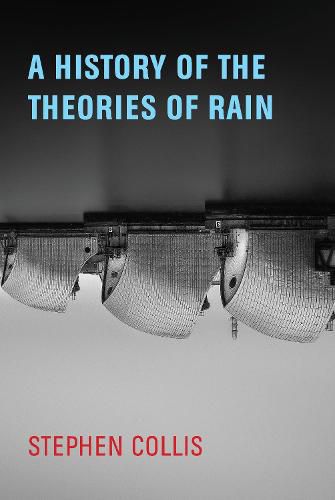Readings Newsletter
Become a Readings Member to make your shopping experience even easier.
Sign in or sign up for free!
You’re not far away from qualifying for FREE standard shipping within Australia
You’ve qualified for FREE standard shipping within Australia
The cart is loading…






Approaching the unfolding climate catastrophe conceptually through its dissolution of the categories of man-made and natural disasters, A History of the Theories of Rain explores the strange effect our current sense of impending doom has on our relation to time. How do we go on with our daily lives while a disastrous future impinges upon every moment? Collis provides no easy answers and offers no simple hope. What his book does is probe our current state of anxiety with care, humour, and an unflinching gazing into the darkness we have gathered around ourselves. All the while - in song, in lyrical outbursts, and in philosophical and speculative excursions - it asks what resistance to the tenor of these out-of-joint times might look like. In doing so it explores the links between the climate’s tipping points and the borders which constrain those who are fleeing the disaster - including the plants, animals, and peoples forcibly displaced by a radically altered world ecology. Can you walk away from a climate? Maybe. But in the future / everyone will have their fifteen minutes of blame.
$9.00 standard shipping within Australia
FREE standard shipping within Australia for orders over $100.00
Express & International shipping calculated at checkout
Approaching the unfolding climate catastrophe conceptually through its dissolution of the categories of man-made and natural disasters, A History of the Theories of Rain explores the strange effect our current sense of impending doom has on our relation to time. How do we go on with our daily lives while a disastrous future impinges upon every moment? Collis provides no easy answers and offers no simple hope. What his book does is probe our current state of anxiety with care, humour, and an unflinching gazing into the darkness we have gathered around ourselves. All the while - in song, in lyrical outbursts, and in philosophical and speculative excursions - it asks what resistance to the tenor of these out-of-joint times might look like. In doing so it explores the links between the climate’s tipping points and the borders which constrain those who are fleeing the disaster - including the plants, animals, and peoples forcibly displaced by a radically altered world ecology. Can you walk away from a climate? Maybe. But in the future / everyone will have their fifteen minutes of blame.